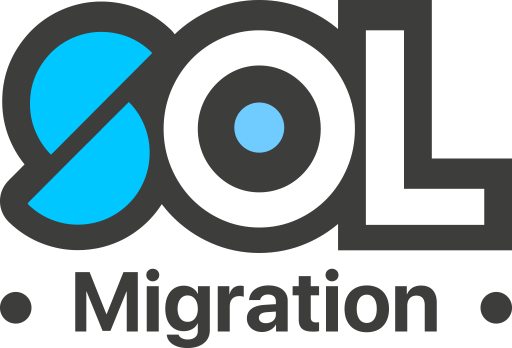Introduction
IELTS (International English Language Testing System) and PTE (Pearson Test of English) are two of the most common English language proficiency tests. Both tests assess the four key language skills of a person: listening, speaking, writing, and reading. However, there are distinct differences between the two that can impact your choice depending on your purpose—whether for study, work, or immigration.
What are IELTS and PTE?
IELTS: The IELTS test is jointly managed by the British Council and IDP: IELTS Australia, and Cambridge Assessment English. It offers two test formats: Academic (for students applying to universities) and General Training (for work and immigration purposes).
PTE: The Pearson Test of English (PTE) is a fully computerised English proficiency test developed by Pearson. Like IELTS, PTE offers two formats: PTE Academic (for higher education applications) and PTE General (for work and immigration purposes).
What are IELTS and PTE used for?
Both IELTS and PTE are used for the same purposes, such as:
- Education admissions: If you wish to apply for a course at one of universities and colleges overseas, you may be required to submit a IELTS or PTE test result
- Work visa applications
- Immigration purposes, especially for countries like Australia, Canada, the UK, and New Zealand
Similarities between IELTS and PTE tests
- Test Components: Both IELTS and PTE tests consist of the assessment of four core language skills: listening, speaking, writing and reading
- Test Result Validity: The test scores for both tests are valid for up to 2 years from the date of the test.
- Acceptance: The result of both tests is generally expected by most universities, colleges and immigration Department in Australia. However, each organisation may have a different requirement regarding the English skill. It is advisable that you should check this requirement carefully before we enroll/apply.
Key Differences between IELTS and PTE tests
Test Format:
- IELTS: This test consists of two options: Computer-based and paper-based tests.
- PTE: PTE is completely a computer-based test for all four skills, including Speaking skill
Speaking Section:
- IELTS: The speaking test must be conducted face to face with a qualified examiner.
- PTE: Speaking is assessed through a computer-based system using AI speech recognition.
Duration:
- IELTS: The test duration is approximately 2 hours and 45 minutes.
- PTE: The test duration is approximately 2 hours.
Result Processing Time:
- IELTS: Results are available within 3–5 days for the computer-based test and 13 days for the paper-based test.
- PTE: Results are usually available within 24–48 hours, making it a faster option.
Question Types:
- IELTS: Includes multiple-choice questions, short-answer questions, fill-in-the-blanks, and essay writing.
- PTE: Uses AI-based assessment with integrated skills questions such as reading & speaking and listening & writing. For example:
- Speaking & Writing Section: Read aloud, repeat sentence, describe image, re-tell lecture, answer short questions, summarize written text, and write an essay.
- Reading Section: Multiple-choice (single and multiple answers), re-order paragraphs, fill in the blanks.
- Listening Section: Summarize spoken text, multiple-choice (single and multiple answers), fill in the blanks, highlight correct summary, select missing word, highlight incorrect words, and write from dictation.
- Cost: The cost for the two tests is not significantly different. As of 2025, in Australia, the cost for IELTS is AUD460 while the cost for PTE is AUD410.
- Scoring Comparison for Australia Immigration:
| Proficiency Level | IELTS Score (Out of 9.0) | PTE Score (Out of 90) |
| Functional | 4.5 | 30 |
| Vocational | 5.0 | 36 |
| Competent | 6.0 | 50 |
| Proficient | 7.0 | 65 |
| Superior | 8.0 | 79 |


